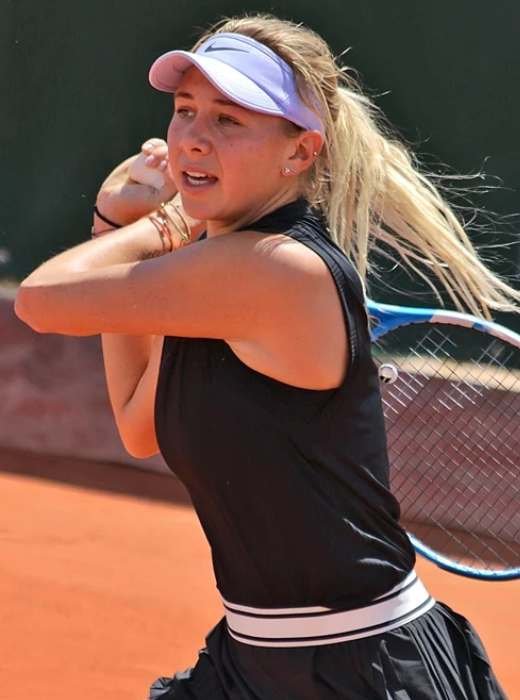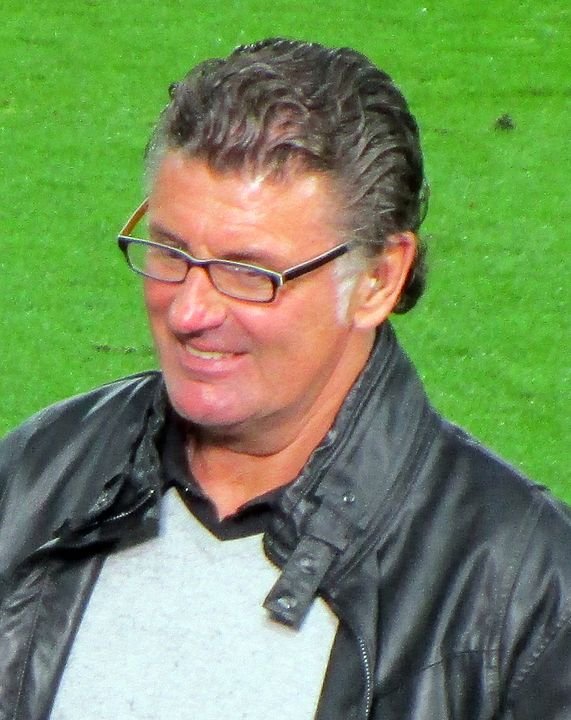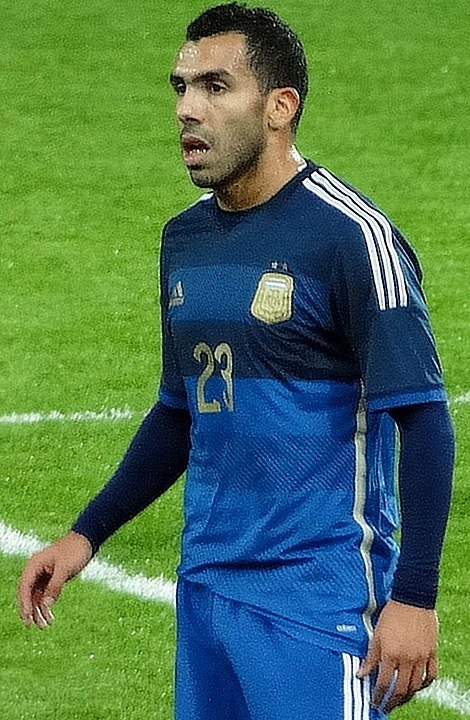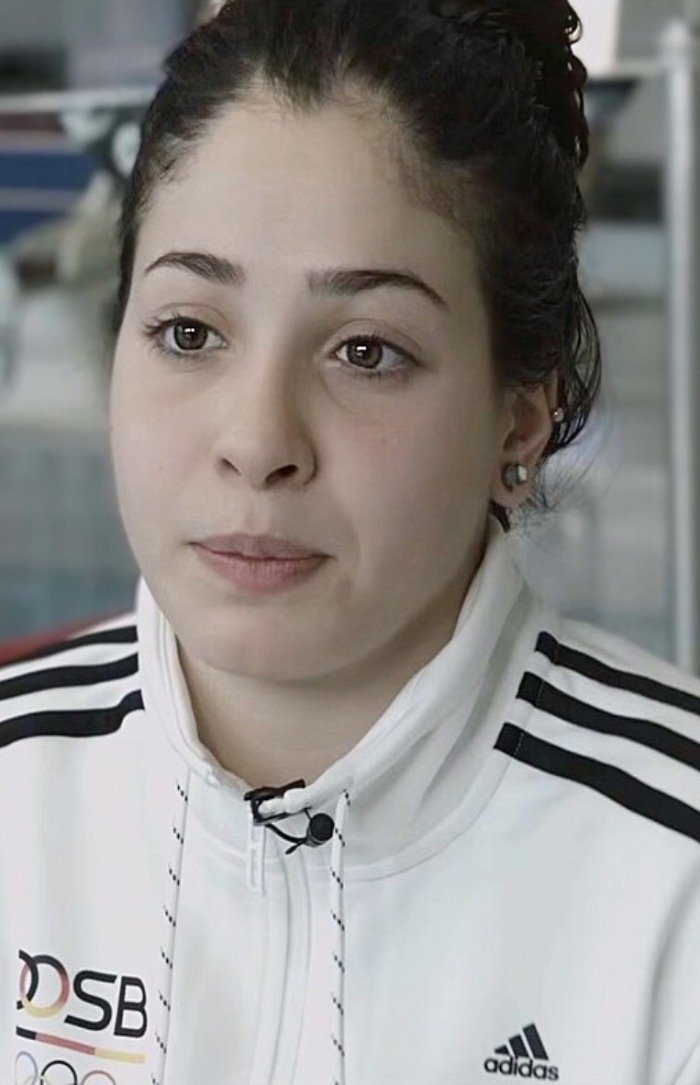How a young tennis phenom painted her way back from the brink – literally
There’s something poetic about Amanda Anisimova’s story that reads like a novel you’d find in the back of a coffee shop – the kind where the protagonist faces impossible odds, disappears for a while, then returns to save the day. Except this isn’t fiction. This is the wild, winding journey of a 24-year-old American tennis player who went from the French Open semifinals to painting canvases in her bedroom, then somehow ended up in the Wimbledon final.
If you missed the memo, Anisimova just pulled off one of the most stunning comebacks in recent tennis history. The fearless American toppled world No. 1 Aryna Sabalenka to reach her first Grand Slam final at the All England Club – a feat that would be impressive for any player, but becomes extraordinary when you consider she was ranked 442nd just 18 months ago.
But let’s rewind. Because this story doesn’t start at Wimbledon. It starts in a cramped apartment in Moscow, where two parents made a decision that would change everything.
The Great Migration
Picture this: It’s 1998, and Konstantin and Olga Anisimova are packing their lives into suitcases, leaving Moscow for the American dream. Their motivation? Tennis. Not for themselves – for their eldest daughter, Maria, who showed promise with a racket. The family landed in New Jersey, where Amanda was born in 2001, before eventually settling in Florida when she was three.
Here’s where it gets interesting. While Maria was the original tennis prodigy (she’d later play at the University of Pennsylvania), little Amanda was the one mimicking swings from outside the court fence. By age two, she was already showing the kind of hand-eye coordination that makes coaches’ eyes light up.
Konstantin, who had worked in finance back in Moscow, made the ultimate career pivot – he became Amanda’s coach. Not exactly your typical midlife crisis, but it worked. The family’s multi-generational commitment to tennis was the kind of sacrifice that either creates champions or cautionary tales.
Konstantin had a philosophy that, in retrospect, was remarkably prescient. He worried about parents becoming “delusional” when their kids showed early promise, noting that such stories often “end up in a very bad way.” His approach emphasized balance over burnout – a lesson that would prove crucial years later.
Amanda Anisimova: The Phenom Rises
By 2019, Amanda was living up to every ounce of her family’s investment. At 18, she reached the French Open semifinals, becoming the youngest American to do so since Jennifer Capriati. The tennis world was buzzing about this composed teenager with the powerful groundstrokes and ice-cold demeanor.
Then, in August 2019, everything changed.
Konstantin Anisimova suffered a heart attack and died suddenly at age 52. The timing was cruel – just days before the US Open, a week before Amanda’s 18th birthday. The death of her father and mentor hit like a freight train. She withdrew from the tournament immediately.
“It was the worst thing that ever happened to me,” she later said, admitting it was “really hard” to even leave her house. But here’s the thing about Amanda – she found solace in the one place that made sense: the tennis court. “The only thing that has helped me is just playing tennis and being on the court,” she explained. Tennis became her sanctuary, her way of staying connected to her father’s memory.
The weight of that emotional connection would prove to be both her greatest strength and her most challenging burden.
The Pressure Cooker
Fast-forward to 2022, and Amanda Anisimova was carving out her place in the tennis elite. She reached the Wimbledon quarterfinals, establishing herself as a legitimate threat on the sport’s biggest stages. But with success came scrutiny – the kind that young athletes aren’t always prepared for.
The pressure of being a rising star is one thing. The pressure of doing it while honoring a deceased parent’s memory is another entirely. Add social media trolls to the mix, and you’ve got a recipe for burnout.
During the 2024 Canadian Open, some keyboard warrior decided to comment on Amanda’s weight, suggesting that “Being overweight as a professional athlete doesn’t really help her reach her goals.” Amanda’s response was swift and brutal: “Don’t you have anything better to do than comment on a 22 year old’s body? Like do you have a job or friends? Damn dude 😳”
That clapback was more than just a social media moment – it was a glimpse into someone who was learning to establish boundaries in a world that felt increasingly invasive.
The Breaking Point
By the summer of 2022, Amanda Anisimova was struggling. The constant travel, the pressure, the emotional weight of carrying her father’s dreams – it was becoming “unbearable being at tennis tournaments.” She’d pushed through for as long as she could, but something had to give.
In May 2023, she made a decision that sent shockwaves through the tennis world: she announced an indefinite break from professional tennis, citing mental health struggles and burnout.
“I had never taken a break like this before,” she said. “I had always pushed through challenges my entire life, but ultimately felt it was unfair to continue doing so.”
The tennis establishment was skeptical. Critics emerged from every corner, telling her she’d “never make it to the top again.” Her ranking, which sat at No. 46 when she announced the break, began its inevitable freefall.
The Artist’s Retreat
But here’s where Amanda Anisimova’s story takes an unexpected turn. During her eight-month hiatus, she didn’t just sit around feeling sorry for herself. She took road trips, spent time with family, enrolled in college classes at Nova Southeastern University, and even fostered a dog. But most importantly, she discovered painting.
The art became her outlet, a way to “reset my mind” and engage in something creative. Hours would pass as she lost herself in brushstrokes and color mixing. It was so therapeutic that she launched the ‘Art for Hope’ campaign, selling her paintings to raise money for mental health charities.
“I learned a lot about myself, my interests off the court, and just taking some time to breathe and live a normal life for a bit,” she reflected. The girl who had been playing tennis since she was two was finally learning who she was beyond the baseline.
The Resurrection
When Amanda Anisimova returned to the tour in January 2024, she was ranked 442nd in the world. The tennis world wasn’t exactly throwing her a welcome-back party. She failed to win back-to-back matches in her first 10 tournaments. At Wimbledon 2024, she couldn’t even make it through qualifying.
The year was about rebuilding—physically and mentally. “I honestly didn’t know if I’d ever feel this good on court again,” she admitted. But slowly, the confidence returned. She reached the final in Toronto, won her first WTA 1000 title in Qatar, and began climbing the rankings.
The doubters were still there, but they were getting quieter.
The Wimbledon Masterpiece
Then came Wimbledon 2025. Amanda’s path to the final included that stunning semifinal victory over Sabalenka, the world No. 1. After the match, she could barely believe it herself: “I can’t believe I’m in the final this soon after my break.”
The girl who had been told she’d never make it back to the top was now the youngest American woman to reach the Wimbledon final since Serena Williams in 2004. Her ranking was guaranteed to crack the top 10 for the first time in her career.
In her on-court interview, she thanked her family—her sister Maria, her nephew, her brother-in-law—calling the past two weeks “very special.” But perhaps most importantly, she thanked herself for having the courage to step away when she needed to.
The Bigger Picture
Amanda’s story resonates because it challenges everything we think we know about athletic success. In a culture that worships the “grind,” she dared to suggest that sometimes the bravest thing you can do is stop. Her journey from mental health struggles to the Wimbledon final is a powerful reminder that peak performance and self-care aren’t mutually exclusive – they’re complementary.
“You can struggle with your mental health. It’s just as important as your physical health,” she’s said, becoming an unlikely advocate for athlete well-being. Her openness about mental health has helped destigmatize these discussions in professional sports.
But don’t mistake her advocacy for softness. When she returned to tennis, she was driven by a simple motivation: to prove that “you can get back to the top if you prioritize yourself.” She found renewed joy in the “training and the process,” approaching her comeback with the same methodical precision she once applied to her paintings.
The Masterpiece Continues
As this story was being written, Amanda was preparing for her first Grand Slam final. Win or lose, she’d already achieved something more valuable than any trophy: she’d proven that success doesn’t require sacrificing your humanity at the altar of achievement.
Her comeback story reads like a masterclass in resilience, but it’s also something more nuanced. It’s about the courage to be vulnerable, the wisdom to know when to step back, and the strength to trust that you can find your way back to where you belong.
The tennis world loves a good comeback story, but Amanda’s journey transcends sport. It’s about a young woman who learned that sometimes the most powerful thing you can do is put down your racket, pick up a paintbrush, and remember who you are when nobody’s watching.
From Moscow to New Jersey to Florida to Wimbledon, via a mental health break and an art studio, Amanda Anisimova’s story is far from over. But this chapter – the one where she painted her way back to tennis immortality – is already a masterpiece.
The girl who once stood outside court fences, mimicking her sister’s swings, is now standing on the biggest stage in tennis. And she got there not by ignoring her struggles, but by embracing them, learning from them, and ultimately, painting a new path forward.
That’s the kind of story that makes you believe in comebacks – and in the power of knowing when to take a step back so you can take a giant leap forward.
Looking for another incredible comeback story? Check out how surfer Caroline Marks transformed her mental health struggles into Olympic gold, proving that the ocean isn’t the only place where champions learn to ride the waves.
Photo: Von si.robi – Anisimova RG19 (32), CC BY-SA 2.0,




